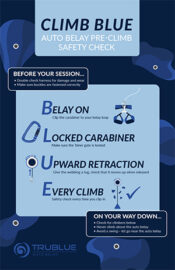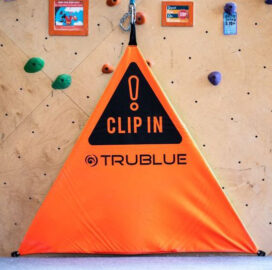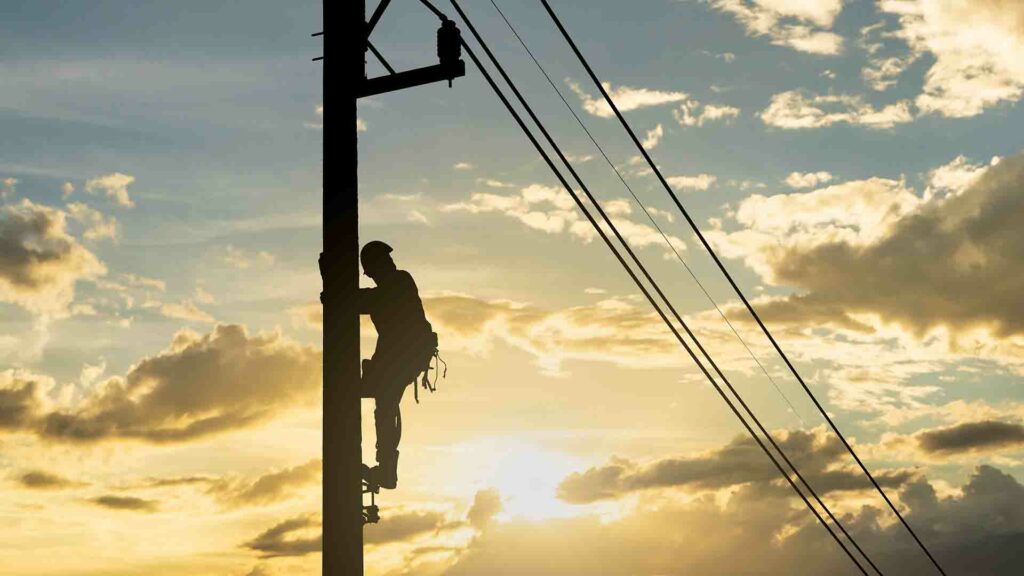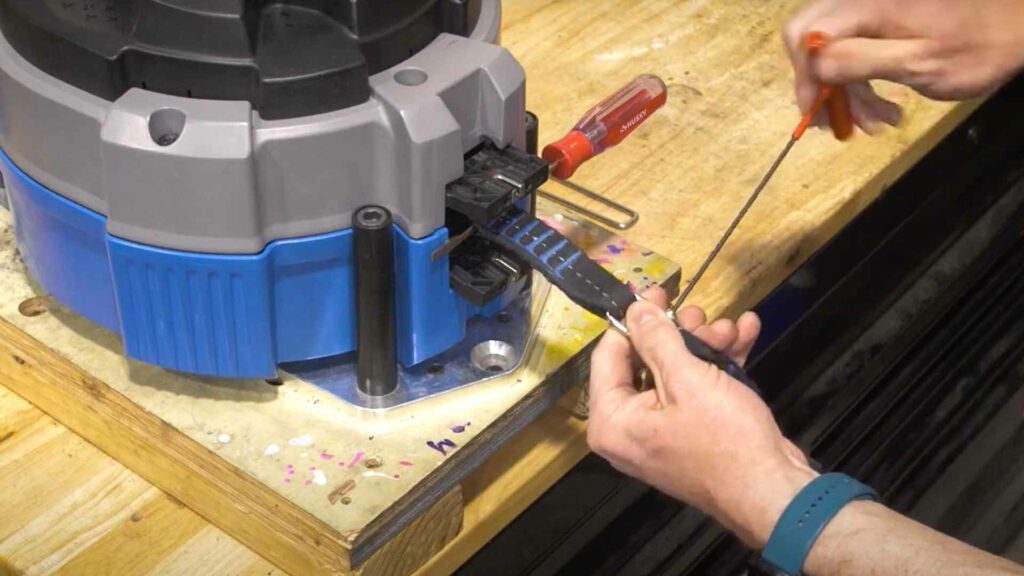Regardless of the manufacturer, all auto belays perform two essential functions: retraction and braking. In short, retraction occurs as the climber goes up and braking is what brings that climber back down again. In TRUBLUE Auto Belays, these two functions occur independent from one another, meaning that, if retraction should fail, the braking system will continue working.
For the purpose of this article, let's limit this discussion to the more popular modular auto belay systems, which can be easily transported and installed across a variety of facilities. This does remove the older hydraulic system, commonly seen at street fairs and carnivals from the discussion, but you can read more about that option in the link below if you are interested.
Additional Reading: How Do Auto Belays Work: What’s Going On In There?
How Auto Belays Remove Slack
In modular auto belay systems, a specially designed retraction spring is responsible for removing the slack from the system. These retraction springs are engineered for heavy usage and carefully calibrated to remove any slack from the webbing line, while also not pulling lighter climbers up the wall. Unassisted ascent is essential for providing users with an authentic climbing experience. This was one of the foundational insights when we first created the TRUBLUE Auto Belay (and is the source of the "true" part of the name, referring to the true climbing feel).
How Auto Belays Lower Climbers Back to the Ground
While each auto belay manufacturer adjusts the tension of their retraction springs to slightly (though noticeable) different specifications, the major differentiator is found in the auto belay braking system. There are two major braking technologies found in the vast majority of modern auto belays:
- Friction braking
- Magnetic braking
Friction braking relies on brake pads in order to slow down a climber's descent. This methodology was used in the original modular auto belay devices and continues to be used by the majority of auto belay manufacturers today. The advantages to brake pads are that they are lightweight and easily understood.
The alternative to friction braking is magnetic braking, which employs a contactless system known as eddy current braking to provide a consistent rate of descent, regardless of the size or weight of the user. How does it work? In short, as a climber descends, the force of the eddy current opposes the magnetic force inside of the device, which creates a dampening effect, as demonstrated in the video below.







